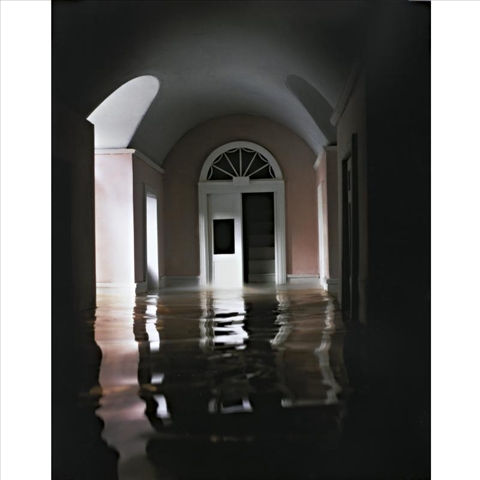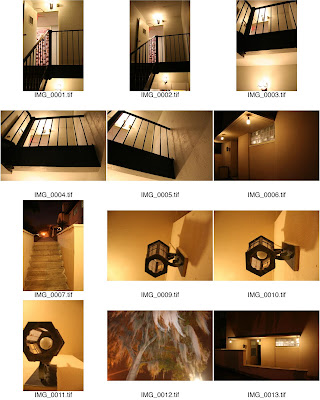As my project progresses in the direction of light and nighttime photography, I have tried to experiment with the deadpan technique in these photos. In our text, The Photograph As Contemporary Art, author Charlotte Cotton writes, “The adoption of a deadpan aesthetic moves photography outside the hyperbolic, sentimental, and subjective. These pictures may engage us with emotional subjects, but our sense of what the photographers’ emotion might be is not the obvious guide to understanding the meaning of the images” (81). In breaking my traditional partiality to detail, I experimented with viewing the entire scene and creating more depth of field in my photography.

Tennis courts at night.

Rollins Chapel during a night service.

Mills Lawn at night.

Shooting light and angles in Chi Omega.

A side of Elizabeth Hall at night.
The intent of these works is very straightforward. All deal with light and angle in a nighttime environment. These photos represent deadpan because they are avoidant of emotion from a creational aspect. However, the viewer of these images might connect particularly with a subject that is not emphasized. For example, the image of the church lit up at night could signify a viewer to feel religious, i.e. “the light of god”. I feel these products are mostly subjective to the viewer, and therefore demonstrate the technique of deadpan. At this point, I feel the use of light and nighttime photography is a skill that I would like to continue with, as it is a medium I have never challenged myself to work with until now.
Contact Sheets























































.JPG)
